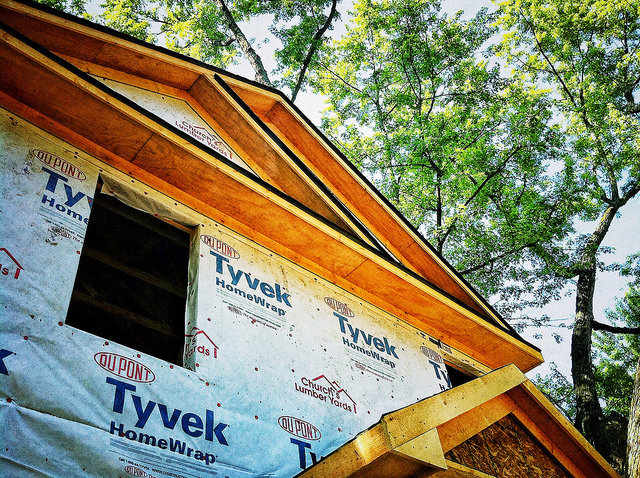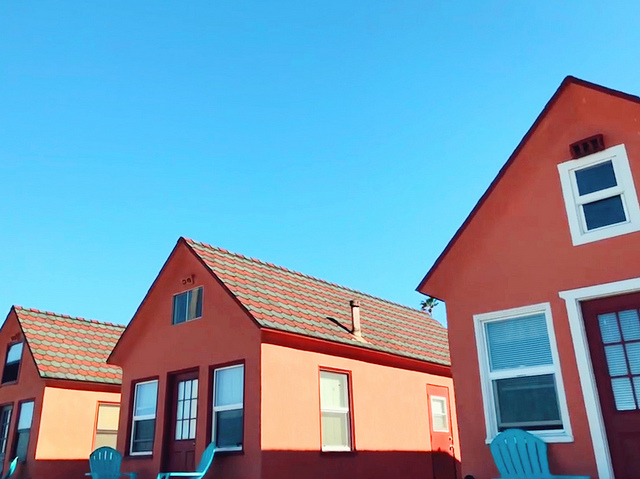When there’s a lack of homes for sale, new home construction plays an important role in balancing the market. Not only does building more new homes help provide buyers with options, it also helps keep price increases from spiking. That’s why the National Association of Home Builders conducts a monthly survey to gauge how confident home builders are in the market for new homes. If builders are optimistic, it’s good news for prospective home buyers, since it likely means more new homes – and a better balanced market – are on the way. The NAHB’s survey is scored on a scale where any number above 50 indicates more builders view conditions as good than poor. In March, the survey fell two points to 82, mostly due to concerns over the cost of lumber. Lumber prices have risen nearly 200 percent over the past year and the added costs have made it more difficult for builders to build homes affordably. However, despite the supply-side issues, high buyer demand has kept confidence near all-time highs. In fact, the index is currently just eight points below its record high of 90, reached last November. (source)













